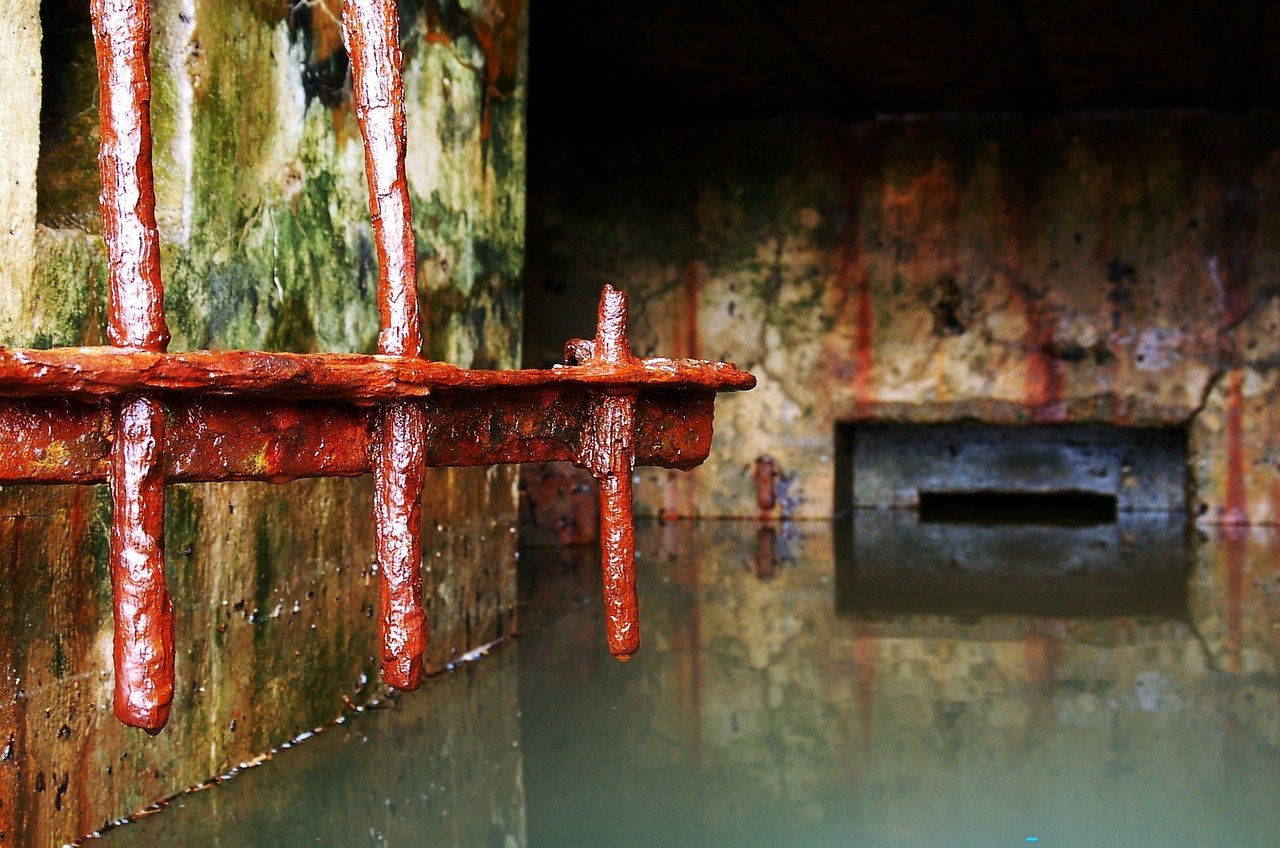
What Causes Sewer Backup And What Can I Do To Fix It?
By: 911 Water Damage Experts
Quite often, sewer lines become obstructed, which prevents wastewater from flowing through drainage pipes causing blockage.
The sewage that forms becomes super concentrated making it a potential hazard. It contains contaminants and viruses that present a risk of severe illness if exposed to humans and animals.
It’s important to note, you will need to fix your sewage backup in your basement as soon as possible.
No matter how small or severe the damage is, knowing what causes sewer backups helps prevent a hazardous situation in your home.
What Causes Sewer Backup
Clogged sink or toilets – This is the most common. When the water in your sink, toilet or tub simply won’t go away, you probably have a partial or complete clog. Most of the time, you can unclog the pipe yourself. If the clog is extremely large or located deep in the pipe, then you will probably need to call a pro.
The first thing you will want to do is to pour commercial drain cleaners into the problematic drain.
If the clog isn’t large, this will be sufficient to dislodge it and get the drain back to normal.
Make sure you don’t use too much of these products, as they can cause damage to the piping material which can lead to expensive replacements. If drain cleaners are not working, there are a few ways to solve the clogged drain yourself.
Check the garbage disposal. If it’s clogged, use a plunger to remove the clog or force it down the drain.
If it’s not the garbage disposal, then you’ll want to use the plunger anyway.
If it’s the sink that’s clogged, and you have two drains, hold a wet cloth tightly over one drain to seal it.
Plunge up and down vigorously for twenty seconds or so, popping the plunger off the drain on the last pull stroke.
Use a ‘snake’ tool. Thread the tip of the snake into the drain stub-out, and start turning the crank clockwise to feed it into the pipe.
Damaged Sewer Lines – Old pipes were made of cast iron and clay piping which didn’t last long. Aging sewage systems can break down and crack, causing sewage backups and flooded basements. Plastic sewer lines have now become the norm.
Frozen pipes – During inclement weather, there’s a good chance that your pipes will freeze, thus causing blockage and slow drainage. If the pipes themselves haven’t been cracked or damaged due to the freezing, there are two easy ways to clear the blockage when the pipes are frozen.
Wrap the pipes in special wrap heat tape, leaving it in place for a minimum of 24 hours or until the blockage is cleared.
Leave the thermostat at a higher heat setting to keep warm air circulating, melt down the ice and prevent further freezing.
Heavy Rainfall – You might not realize it, but heavy large amounts of rain can overburden your city’s sewer lines. If the public sewer can’t handle excess rainfall, the water can make its way into connected sewer lines. This puts your home at risk of water backflows.
Tree Roots – Do you have any trees in your yard and around the house? Trees can grow really long roots that intertwine with your sewer line. Roots can grow into a pipe and cause holes or crush the sewer line by growing around it.
Even if the roots in your yard are not the problem, roots from nearby trees can reach your sewer line and damage it. It’s important to take immediate action to remove the roots, otherwise a complete sewer line block will occur, calling for very expensive piping replacement if the roots crush the pipes.
How To Prevent A Sewage Backup In The Basement
-Never pour grease down the drain. If using cooking oil, it can harden within your pipes. It gradually stops debris from draining, creating a clog. To properly dispose of grease or fat, pour it into a heat-resistant container and throw it in the trash after it cools off.
-Always dispose of paper products the proper way. Flushing hygiene products such as paper towels, diapers, or feminine products down the toilet can easily clog your sewer line. Save yourself some trouble and discard paper products in the trash. If you own a business, consider putting these rules up in the bathroom as it will serve as reminders.
-Install a new plastic pipe or cut tree roots. To prevent tree roots from damaging your sewer lateral (the line buried in your yard), replace it with a new plastic pipe. If tree roots still grow in your sewer lateral, cut the roots occasionally.
-Install a backwater prevention valve. This fixture allows sewage to leave but prevents it from backing up into your home. Backwater valves are typically installed into a sewer line and sometimes into a drain line in the basement.
-Sewage pump maintenance. Ensure your sump pump doesn’t sit on debris such as silt or gravel, which could be sucked up into the pump, ruining the motor. Instead, place it on a steady flat brick. Additionally, make sure the sump basin has a filter fabric around it to stop debris from coming in.
What You Can Do If You Have A Sewage Backup In The Basement
-Call a professional sewer backup company as soon as possible. It’s the most efficient and safe way to deal with sewage backup in the basement.
-Evacuate the flooded area. All types of sewage contaminants are hazardous to pets as well.
-Shut off electrical power in the flooded area. Electrical wires or appliances might come in contact with standing water or wet materials.
-Be careful if the main circuit breaker is in the basement. If you can’t safely turn off the power, don’t go near electrical devices.
-Wear protective clothing like a facemask, eyeglasses, gloves, and rubber boots before walking through sewage water.
-Shut off the valve for the main water line of your home. Check out how to shut off utilities during a disaster.
-Notify your insurance company about the sewage backup. Remember that sewer backups are not covered by standard homeowners insurance, unless you’ve purchased extra endorsements for sewers and drains.
-Learn more about homeowners insurance and water damage.
-Let your municipal authority or sewer department know if your home is connected to a public sewer.
-Never use the water supply system in your home until the backup problem is fixed, and don’t flush toilets or drain tubs and sinks.
-Ventilate the area by opening doors and windows.
If you have any questions about sewage removal or sewer pipe backup feel free to call us at 1-833-WE-DRY-IT any time 24/7/365 all the time. We’re there when you need us!
Related Posts
Why basements flood and what you can do about it
How to prevent mould growth after a flood
10 helpful smoke damage cleaning tips
Restaurant flooded? Here’s how to deal with a restaurant flooding
What’s causing mould in your home? Here are the top reasons why
How to prevent mould growth after a flood
A pipe burst in my business building – what do I do?
What to do when a water pipe bursts in your apartment
Hire the right mould removal company by asking these vital questions
15 interesting facts about mould
What causes mould damage and what you can do about it
Top common signs of water damage: here’s what to look for


